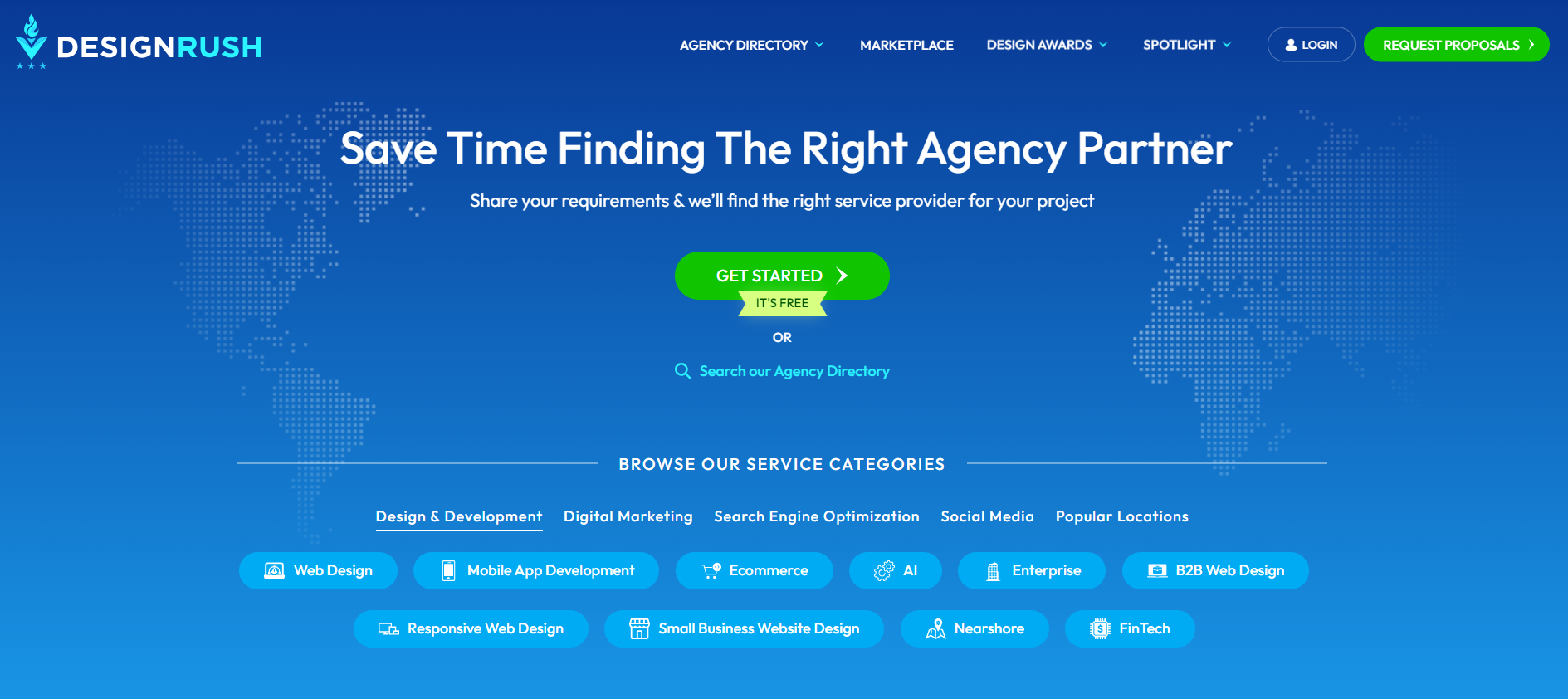Create a compelling brand story that resonates with your audience and drives marketing success
Behind every successful brand lies a captivating story that resonates with its audience. A compelling brand story not only differentiates you from competitors but also builds trust, connects emotionally, and leaves a lasting impression on customers. In this blog post, we will explore the art of writing your brand story and guide you through the essential steps to create a narrative that captivates and engages your target audience. Discover how storytelling elevates your brand and can forge meaningful connections with your customers.
1. Know Your Audience: Understanding Who You're Writing For
- Defining your target audience and identifying their needs, desires, and aspirations.
- Conducting market research and gathering insights to create a customer persona.
- Tailoring your brand story to resonate with the specific emotions and values of your audience.
2. Define Your Brand's Purpose: Unveiling Your Core Values and Mission
- Identifying the core values that drive your brand and differentiate it from others.
- Articulating your brand's mission and vision for the future.
- Aligning your purpose with the needs and aspirations of your target audience.
3. Uncover Your Origin Story: Honing in on Authenticity and Authenticity
- Exploring the origins of your brand and the journey that led to its creation.
- Identifying pivotal moments, challenges, and successes that shape your brand's identity.
- Highlighting the unique aspects of your story that resonate with your audience's values.
4. Creating a Compelling Narrative: Building a Story Arc
- Structuring your brand story with a clear beginning, middle, and end.
- Crafting a narrative that evokes emotions, engages your audience, and maintains their interest.
- Incorporating elements such as conflict, transformation, and resolution to captivate readers.
5. Consistency and Integration: Infusing Your Story into All Brand Touchpoints
- Ensuring that your brand story is consistently reflected across all communication channels.
- Integrating your narrative into your website, social media, marketing materials, and customer interactions.
- Training employees to embody and convey the brand story in their interactions with customers.
6. Evolving and Adapting: Updating Your Brand Story Over Time
- Recognizing the need to adapt your brand story as your business evolves.
- Incorporating customer feedback and market trends to refine your narrative.
- Continually evaluating and refining your brand story to maintain relevance and authenticity.
Your brand story should ignite emotions, build connections, and leave a lasting impression on your audience. By understanding your target audience, defining your brand's purpose, uncovering your origin story, creating a compelling narrative, infusing consistency across touchpoints, and remaining adaptable, you can craft a brand story that captivates and engages. Embrace the art of storytelling and unlock the potential to differentiate your brand, foster customer loyalty, and build a lasting legacy that resonates with your audience for years to come. If you are not sure where to start, get in touch with us here at MSM!











